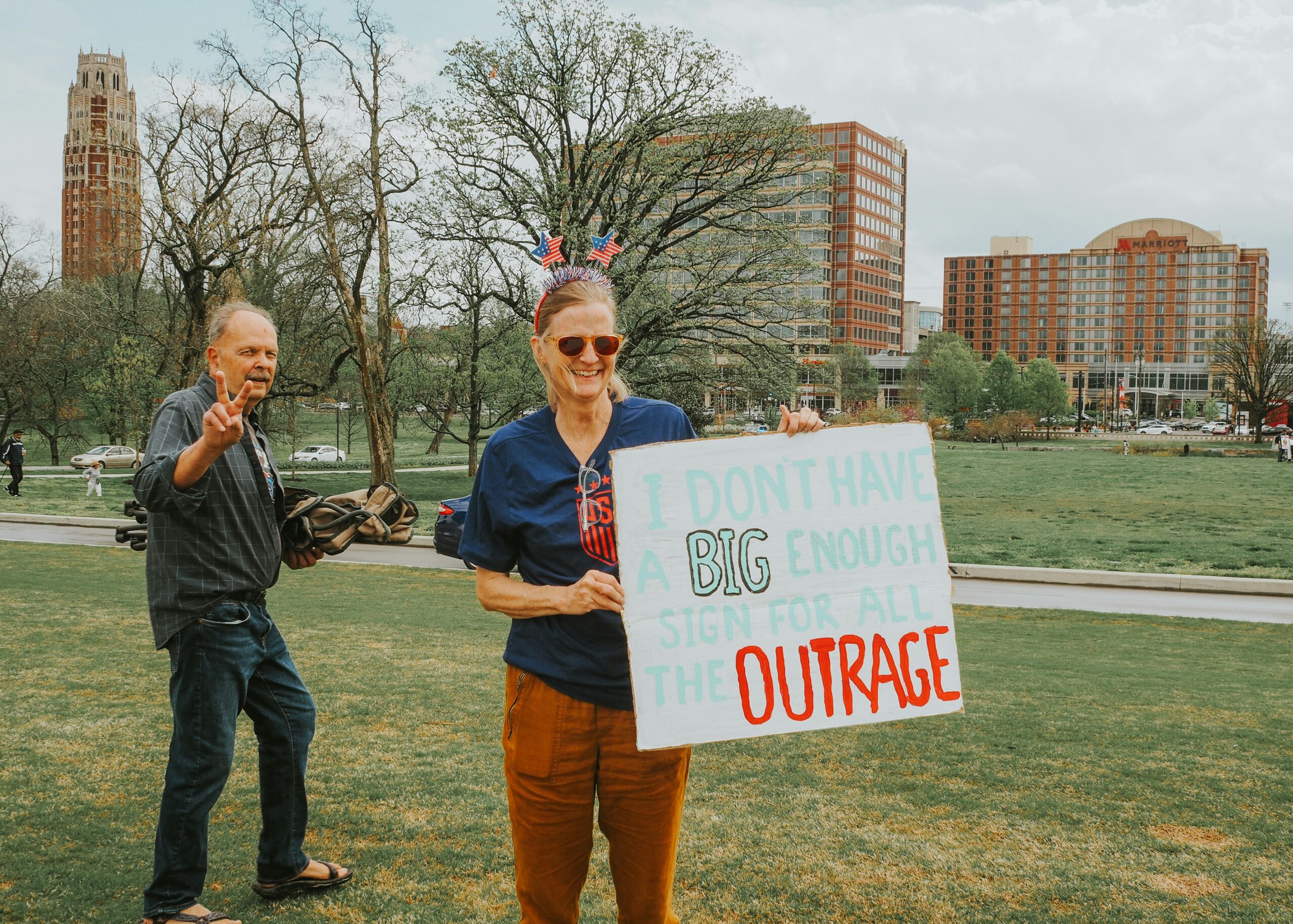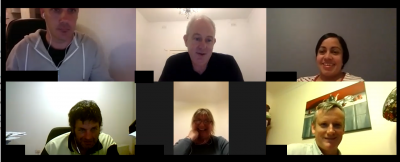The politics of outrage
It was the event in Australian history that turned community perceptions around asylum seekers and launched the battle cry of the Liberal Party that they would “stop the boats”.
In 2001 Norwegian freighter, the MV Tampa rescued 433 asylum seekers from a sinking vessel en route to Christmas Island and sparked a major change in the way the Australian government dealt with asylum seekers – and in turn the way Australia understood and spoke about people arriving in Australia.
It was all mostly thanks to an expert campaign of outrage run by the Prime Minister of the day, John Howard. Suddenly Australian media was flooded with language about “illegals”, “border protection” and threats of “terrorists” and uncontrollable numbers of “queue jumpers” finding their way into the country by back channels and our surrounding seas.
Using the fear and distrust started with the Tampa affair, Howard and his ministers flamed public allegations that another boat of seafaring asylum seekers had thrown their children overboard in order to secure passage to Australia on the 7th of October.
Despite being told that this was in-fact incorrect, the Prime Minister and his office continued to back the children overboard story in the month leading up to the November 10 polls, with Howard telling reporters at the time, “In my mind there is no uncertainty because I don’t disbelieve the advice I was given by defence.”
The outrage stirred from this campaign went on to assist Howard in securing another term as Prime Minister of Australia – the second longest serving in Australian history.
Outrage has long been a tool of the powerful as a way to distract, divide, profit, control, and deflect. We saw it play out in the recent election of President Trump in America, with tales about drag performers and trans children dominating the headlines and debates while deeper structural issues like economic inequality, climate change and healthcare failures were largely ignored. Politicians or media figures stir up emotional controversies as a distraction because they’re easier to control and offer short-term political gain.
This works because polarised populations are easier to manipulate. With communities pickering over identity and values they are less likely to unite around shared economic or political interests – or notice how much more in common they have with their fellow voter than they have with billionaires and politicians. It’s a tactic that’s been used throughout history to divide working-class populations along race, religion and nationalistic lines.
As noted in our article O is for Outrage, outrage is also profitable for media organisations. It increases engagement as people feel compelled to weigh in or retaliate, which boosts ad revenue.
Playing out here in Australia, and also in the US, governments and institutions use outrage – and the moral panic that premeditates it – to justify expanding power via the means of surveillance, censorship and restrictions. Under the guise of “protecting children”, “preserving values”, or “fighting disinformation” governments can exert greater control while arguing its in aid of public safety.
Outrage is also a tool of deflection – with leaders much more adept at pointing out the failures/behaviours of the opposing side than addressing their own.
It’s so effective as a tactic in the attention economy, that nowadays it’s more likely that reasoned debate and structural analysis are drowned out by emotional spectacle.




